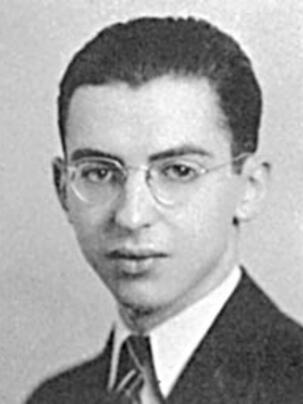James R. Arnold ’43 *46

Jim died Jan. 6, 2012, of complications from Alzheimer’s disease.
Between 1969 and 1973, when astronauts returned from the moon with a trove of rocks, NASA called on four scientists, led by Jim Arnold, to establish a program to analyze these rocks.
At age 16, Jim entered Princeton from Rutgers Preparatory School, where he was awarded highest scholarship honors and was editor of the student newspaper. At Princeton he majored in chemistry and won the George A. Howe Prize in Analytical Chemistry. He was elected to Phi Beta Kappa in his junior year.
He received his Ph.D. from Princeton in 1946 and was honored for his work on the Manhattan Project, which led him to join the Union of Concerned Scientists, a nonprofit science-advocacy organization.
In 1955, he joined the faculty at Princeton, where he studied meteorites and cosmic rays. He went on to found the chemistry department at UC, San Diego in 1960 and became a longtime consultant to NASA. Jim was awarded NASA’s top medal for “exceptional scientific achievement” in 1970. Ten years later, an asteroid (asteroid 2143) was renamed “Jimarnold” after him. In his last decades, Arnold advocated the colonization of space.
His survivors include his wife, Louise, and three sons.
Paw in print

November 2025
NASA’s new IMAP mission, London’s big data detective, AI challenges in the classroom.


No responses yet